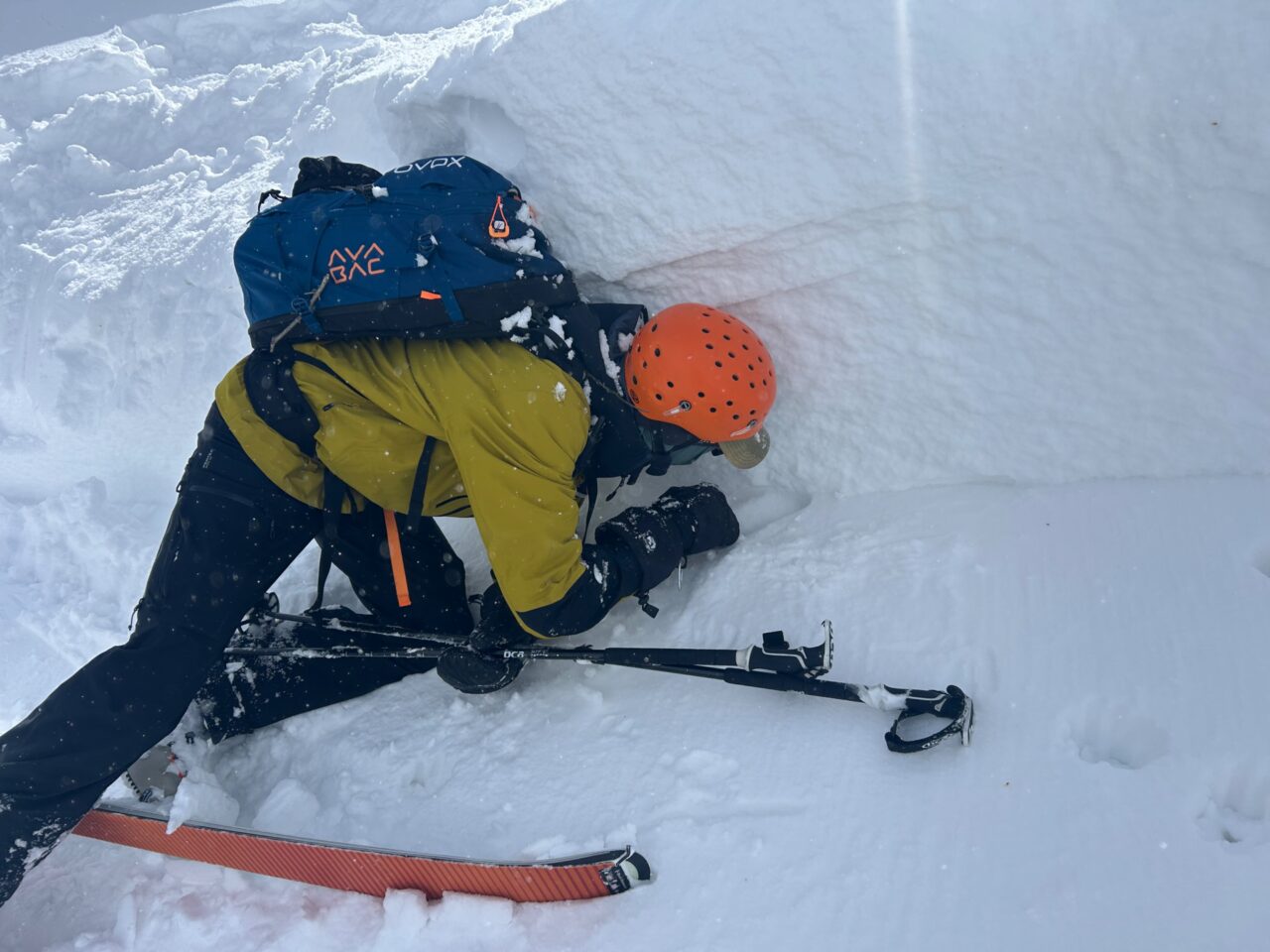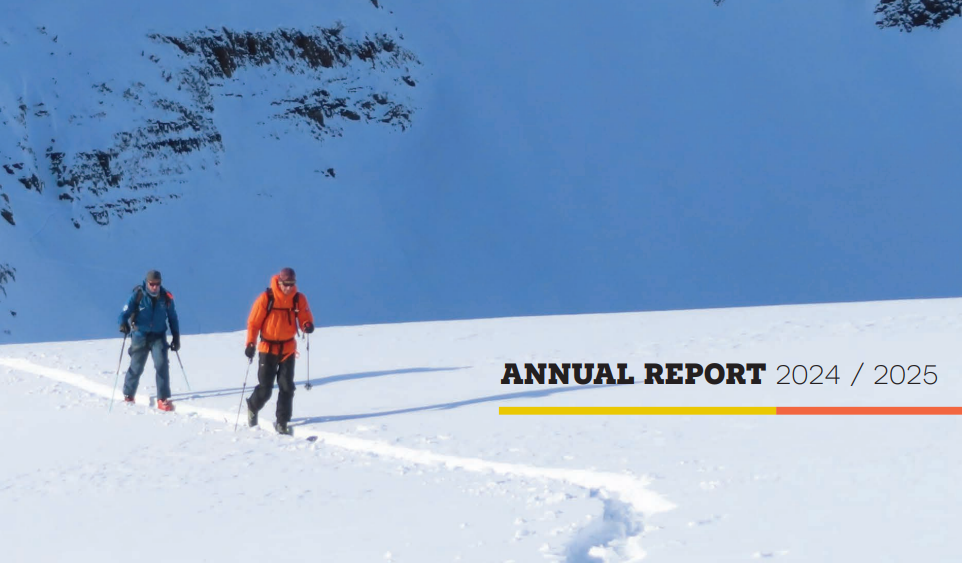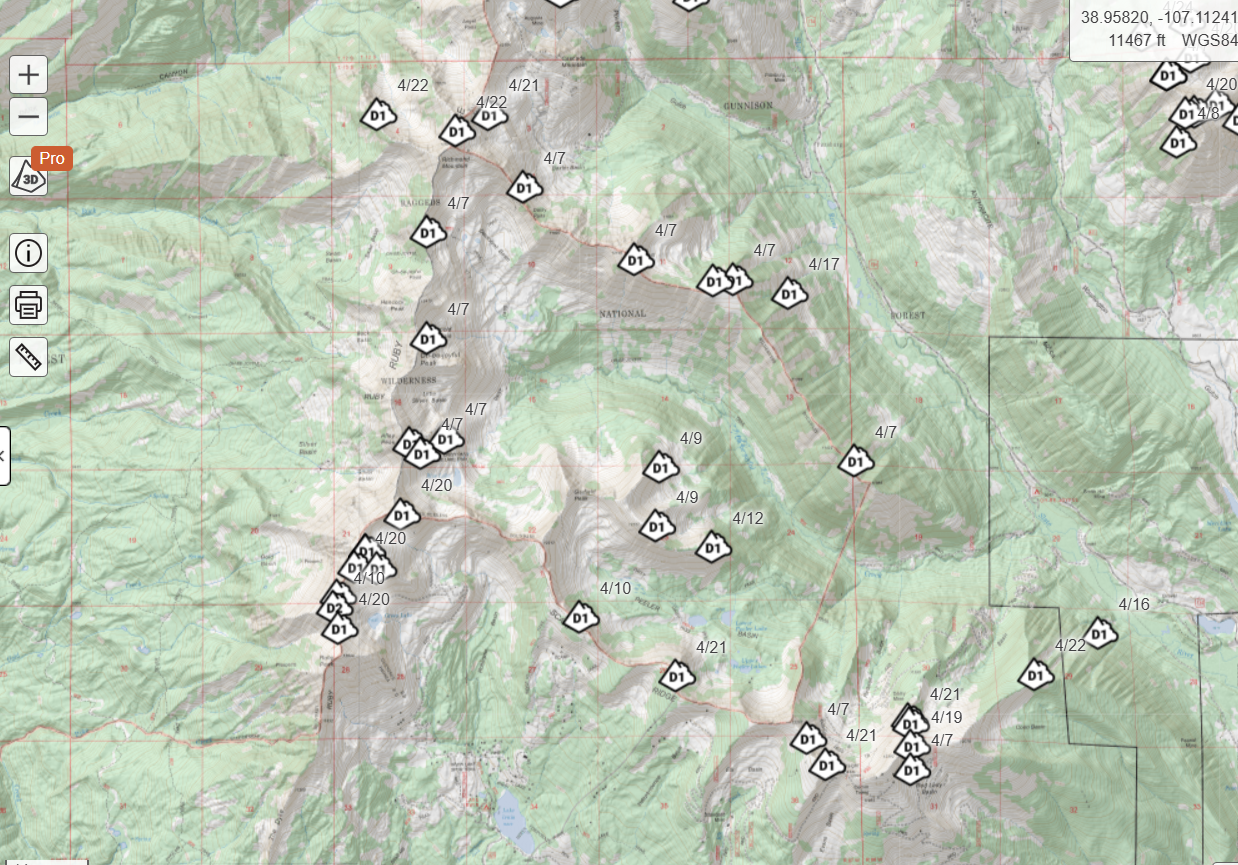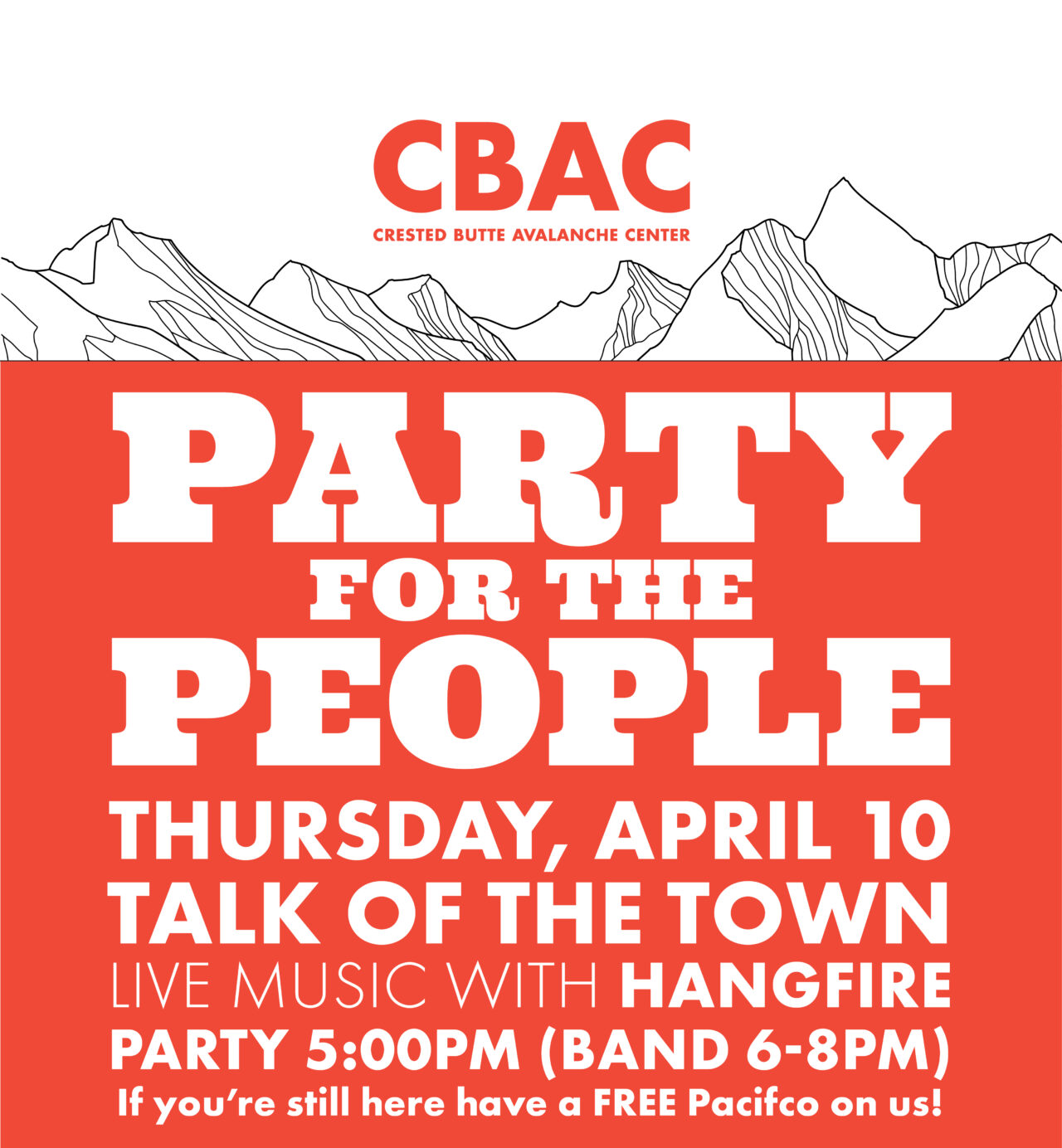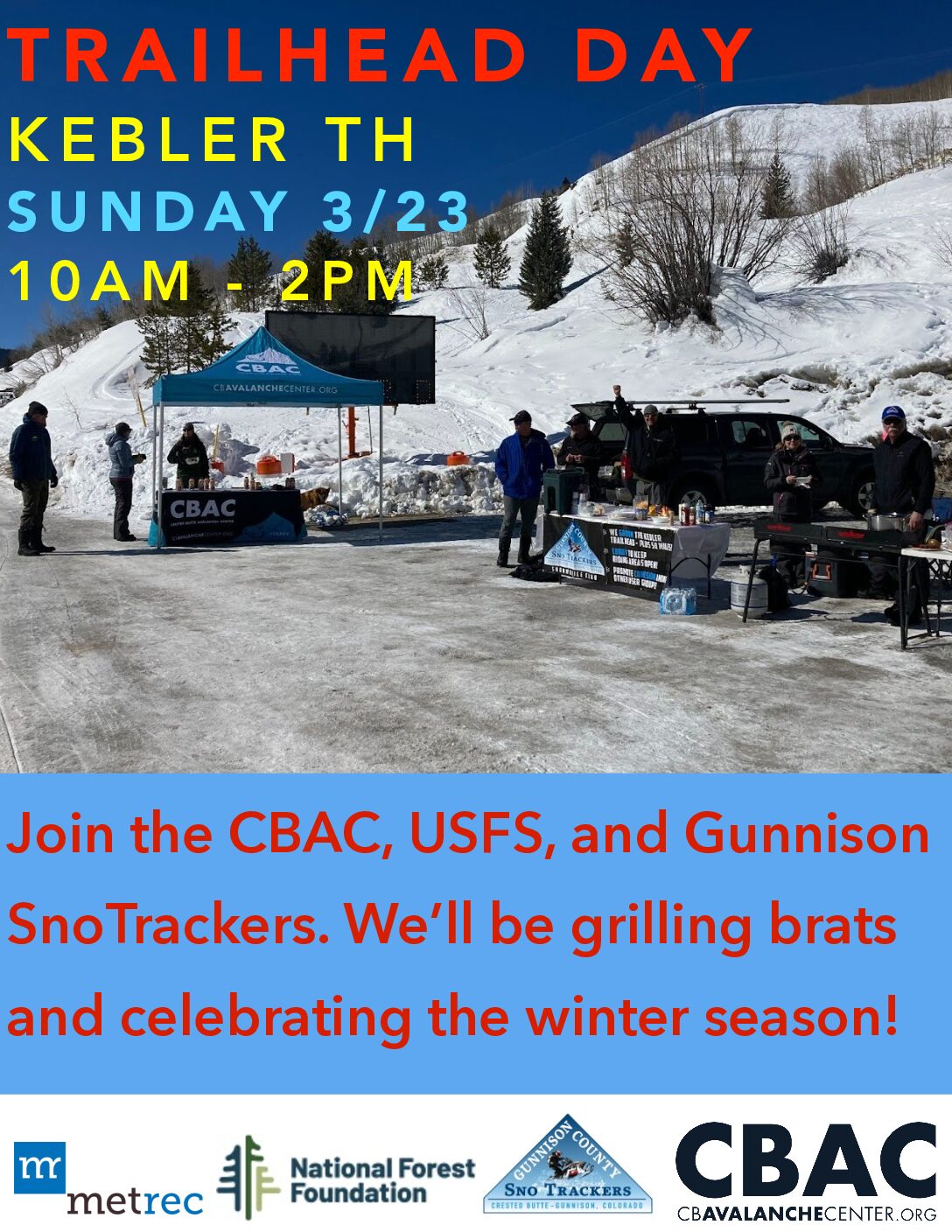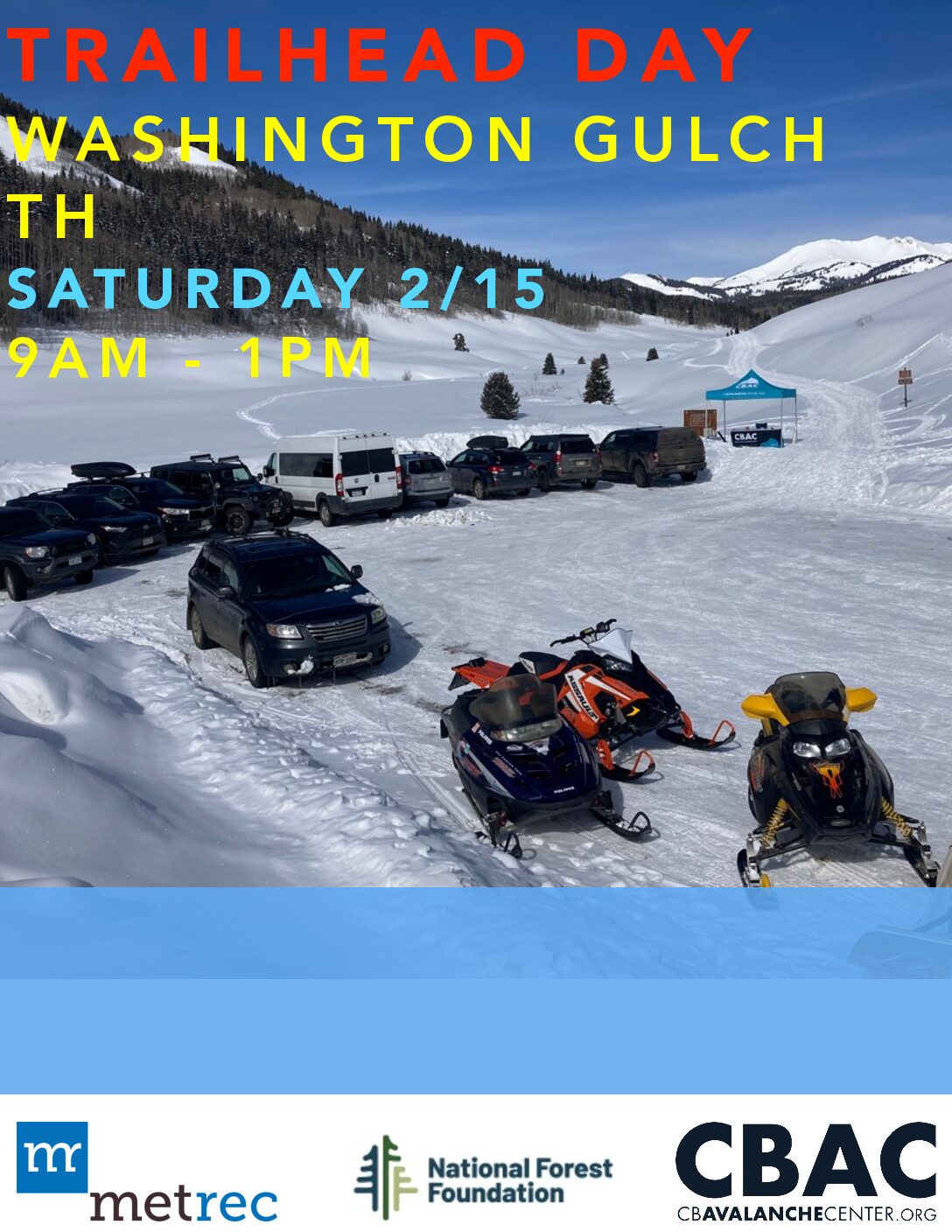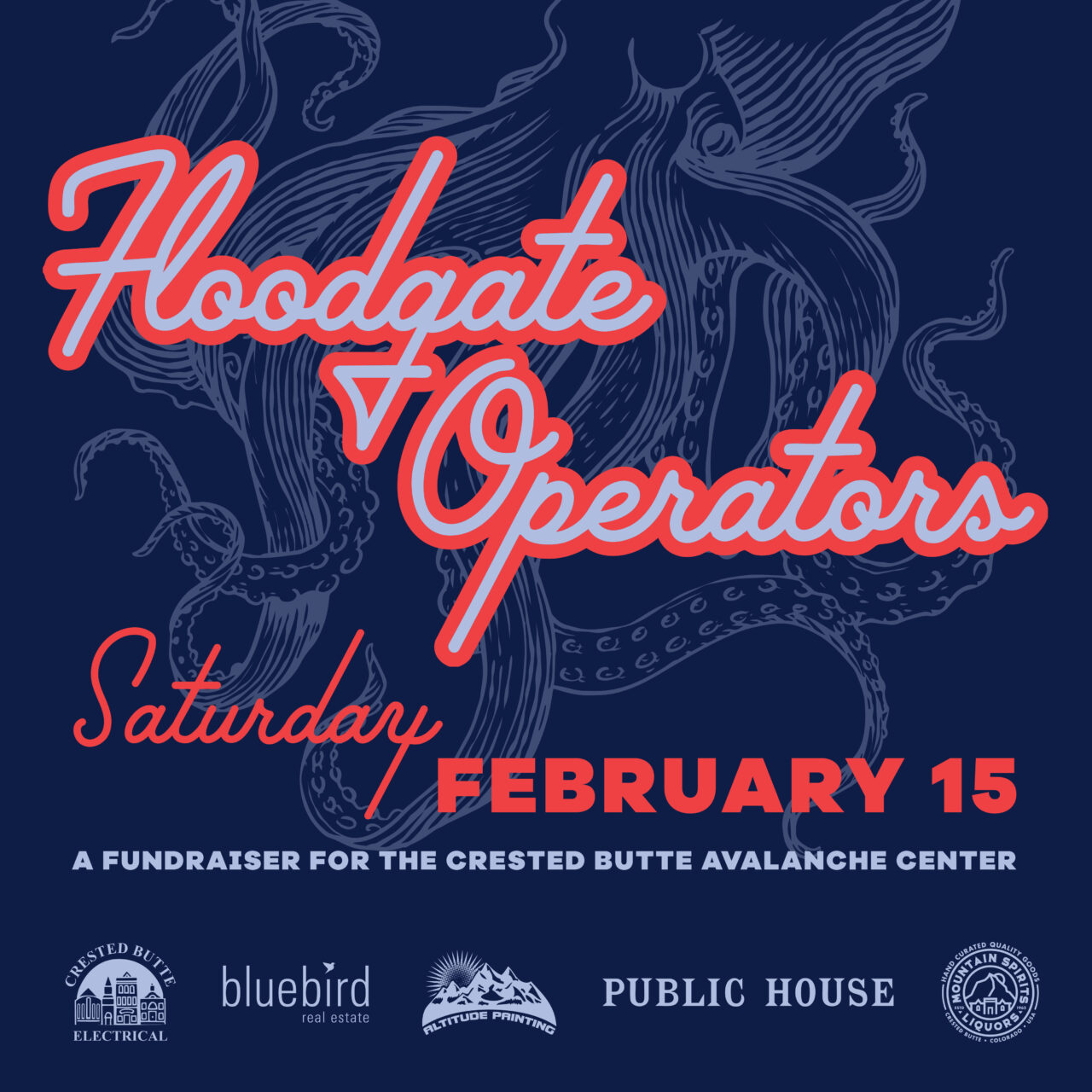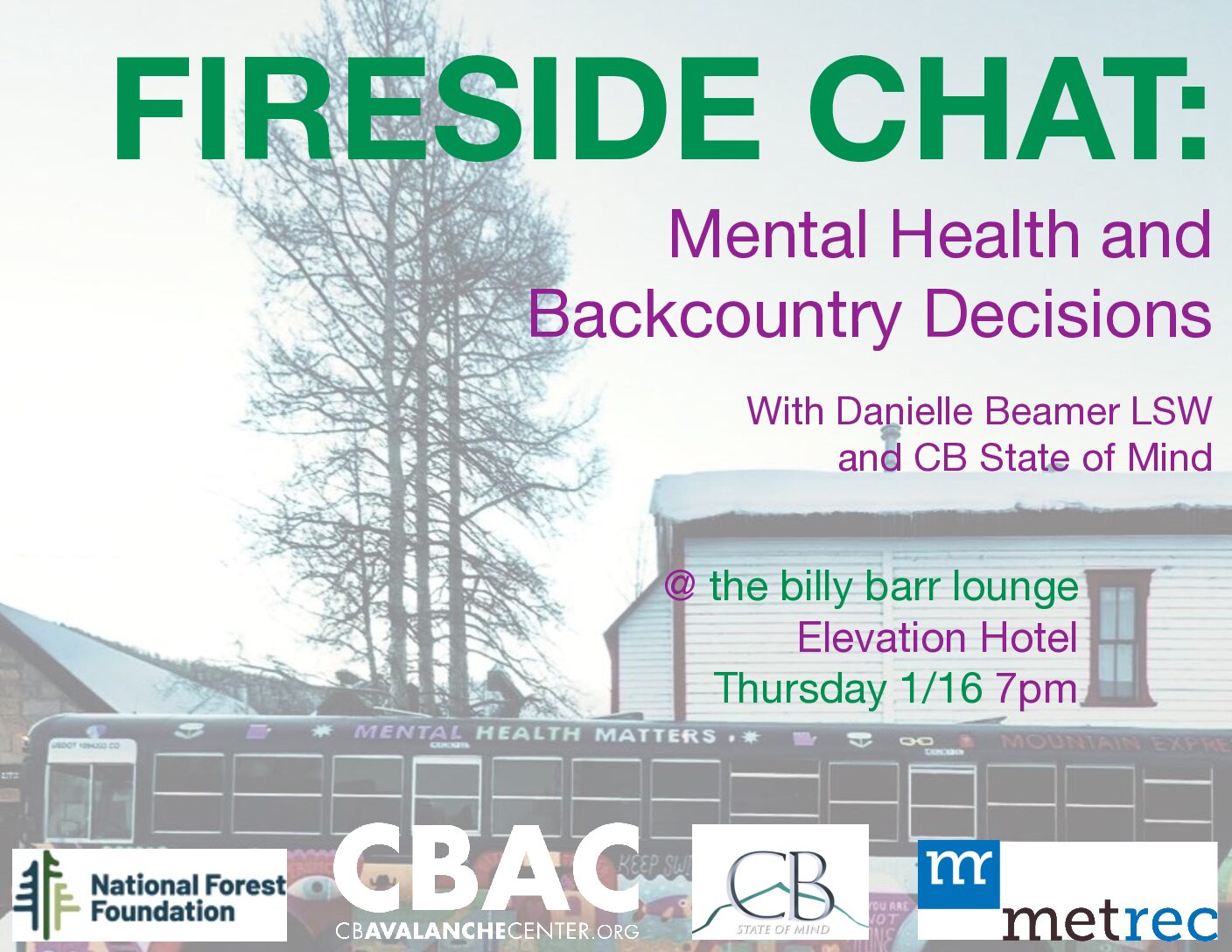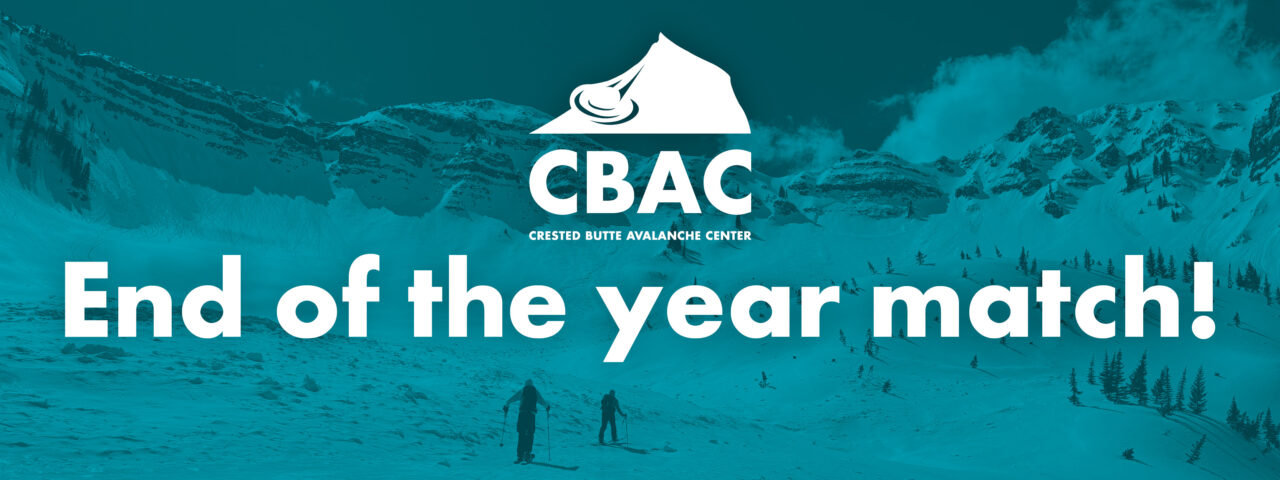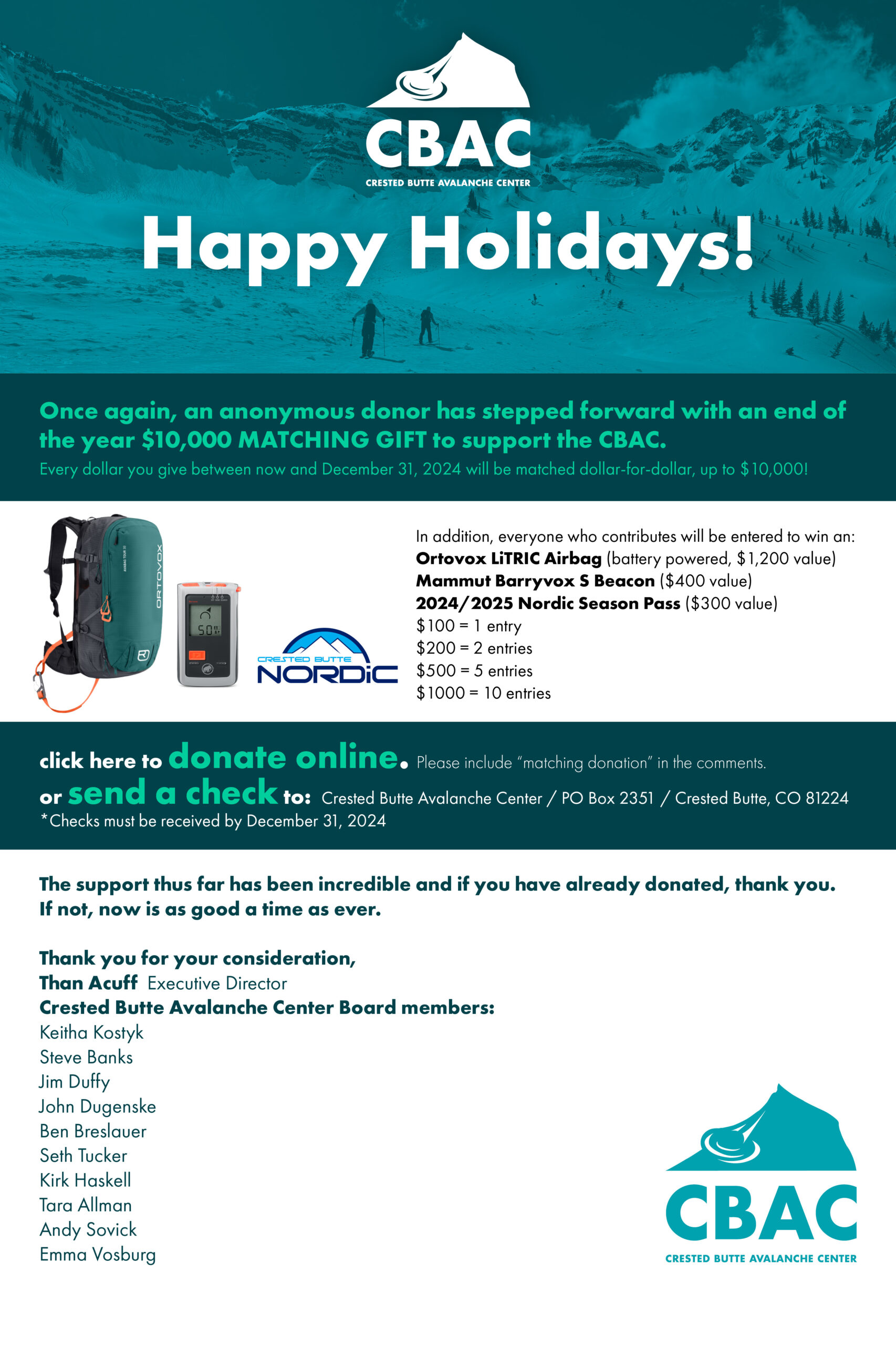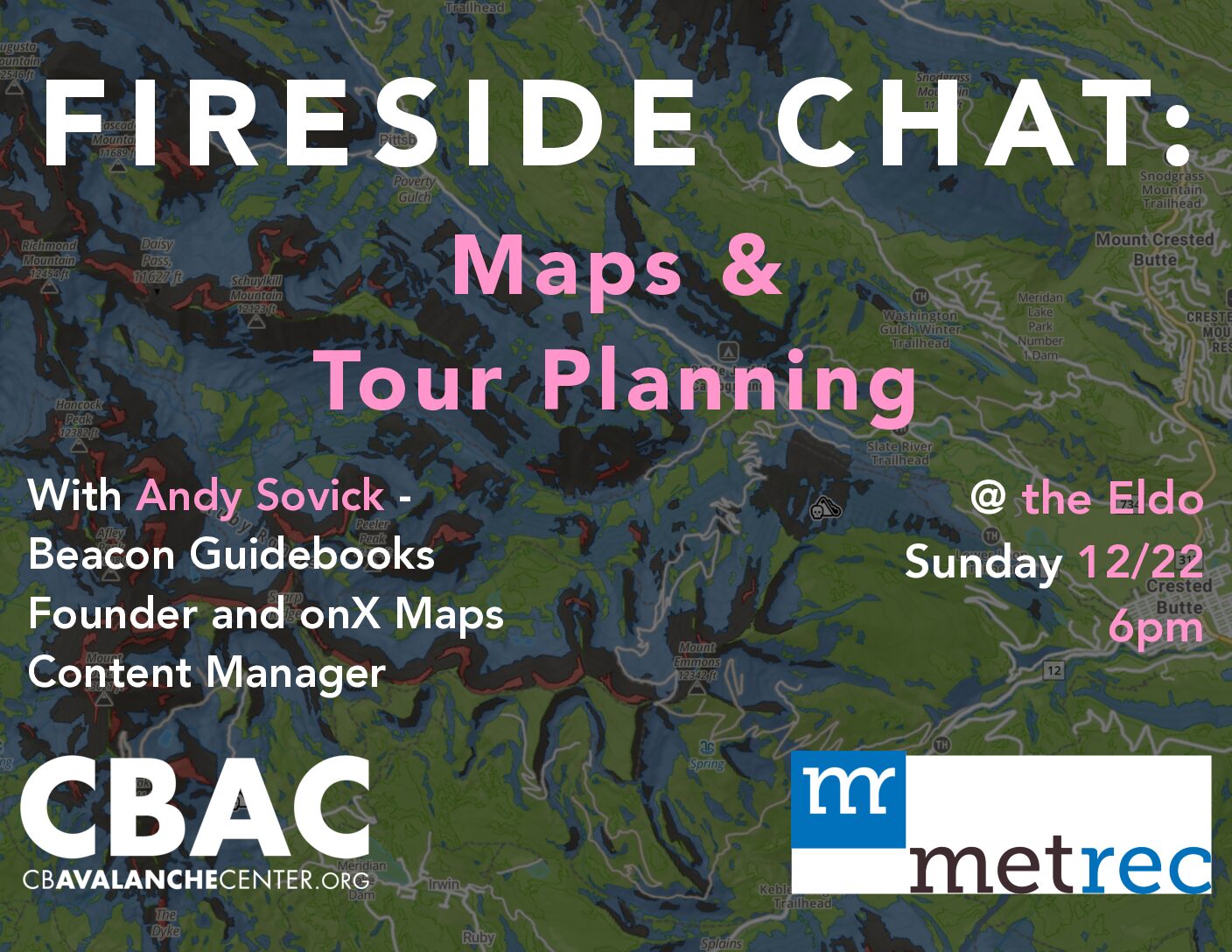POSITION: Crested Butte Avalanche Center Intern
POSITION TYPE: Minimum 12-week commitment (between December 2025 and April 2026)
CLOSING DATE: July 31, 2025
RATE OF PAY: $1500 stipend +$750 gear stipend +$120/mitigation shift
POSITION SUMMARY: The Crested Butte Avalanche Center is seeking an intern for the upcoming 2025/26 season. Roles include but are not limited to: supervised and independent fieldwork and documentation, writing weekly snowpack summaries, assisting in outreach and education programs, weather station maintenance, packing and mitigation in municipal avalanche zones, editing fieldwork videos, and various other operational tasks. This mentorship opportunity is unpaid but does include a small stipend and pay for mitigation shifts. A 3-month commitment is required, with an expectation of 2 to 3 full workdays per week. Qualified candidates will have a minimum training of Avalanche Pro 1 (or equivalent) and advanced backcountry travel skills.
TO APPLY: Please send a resume, cover letter, and 3 references to zach@cbavy.org




